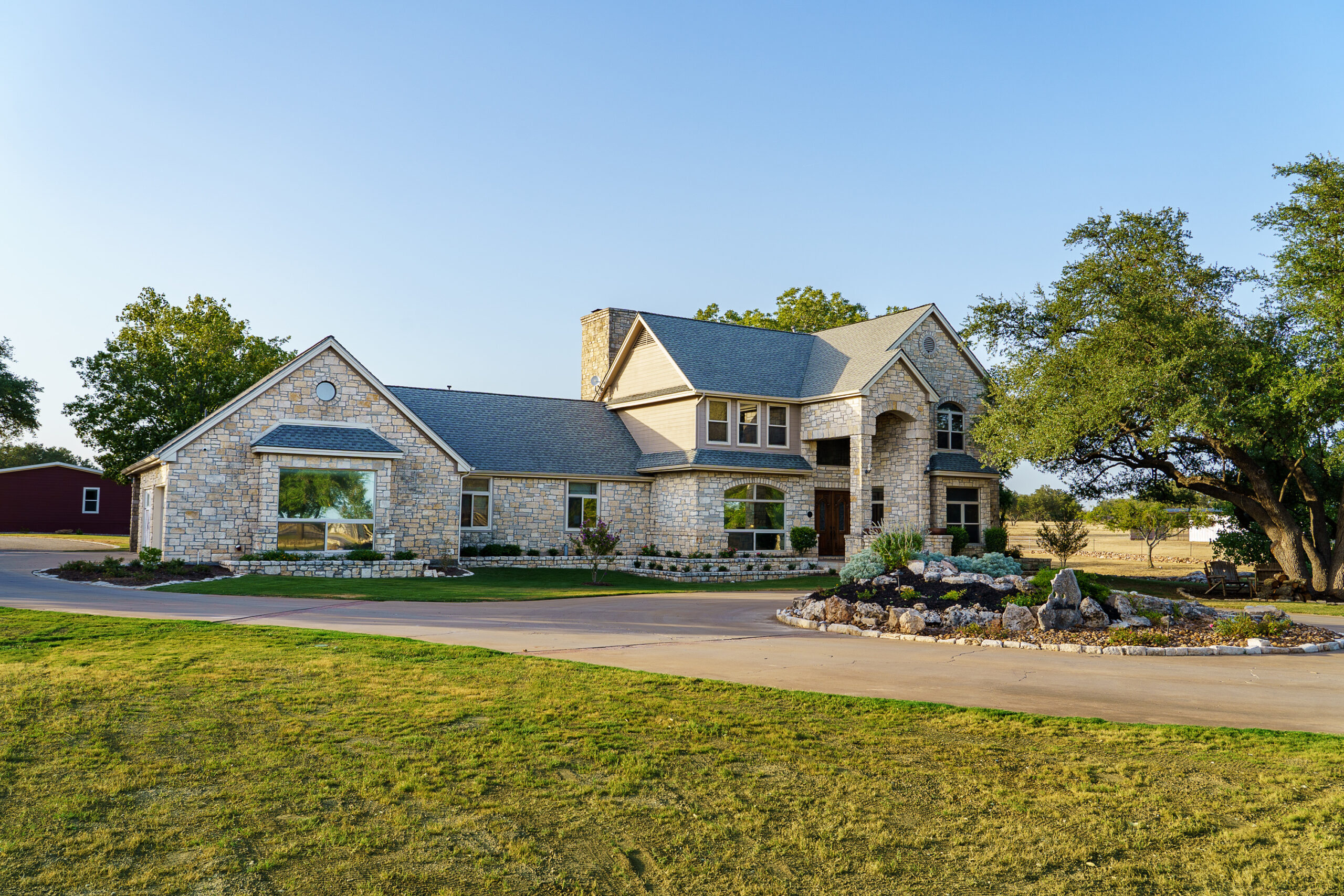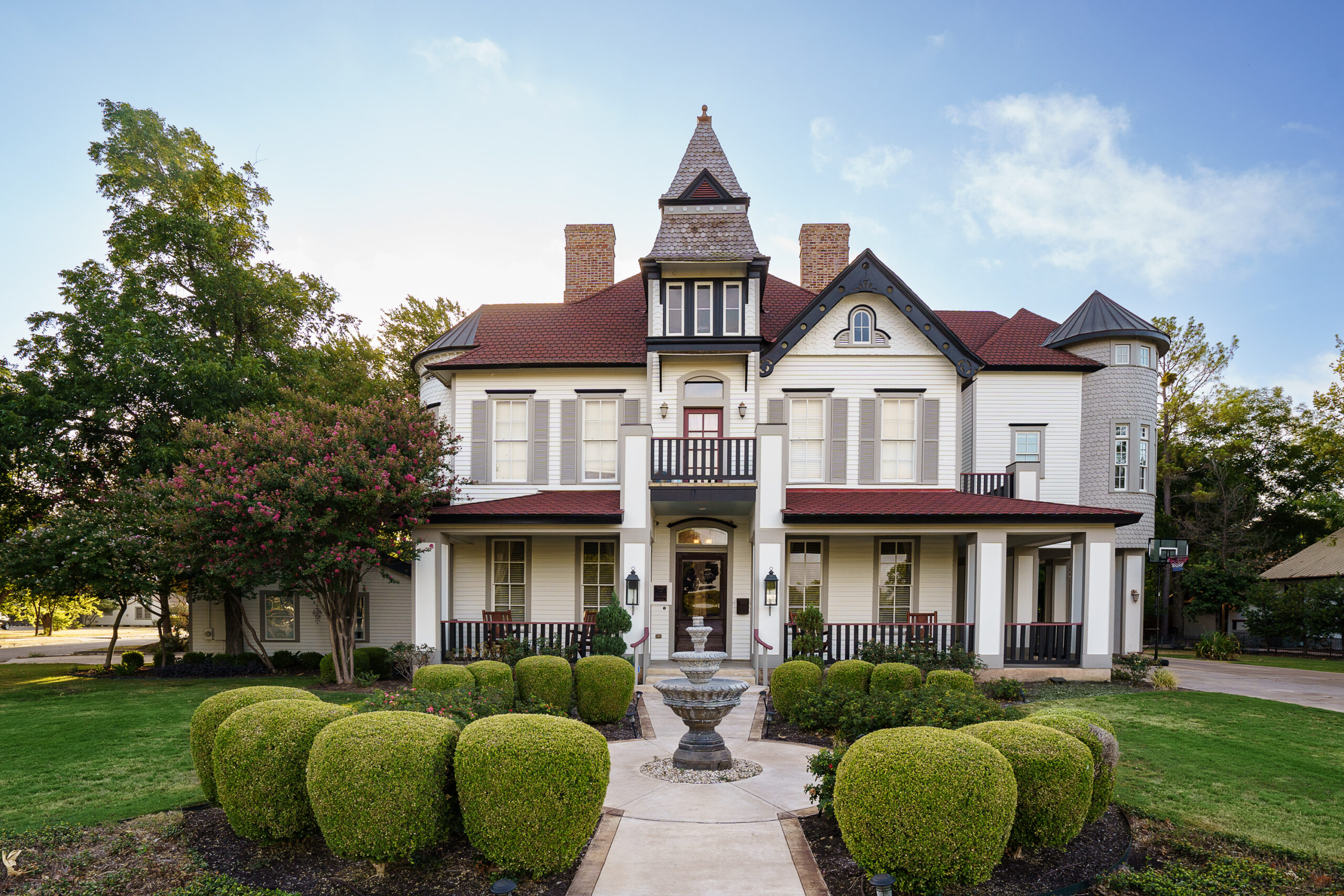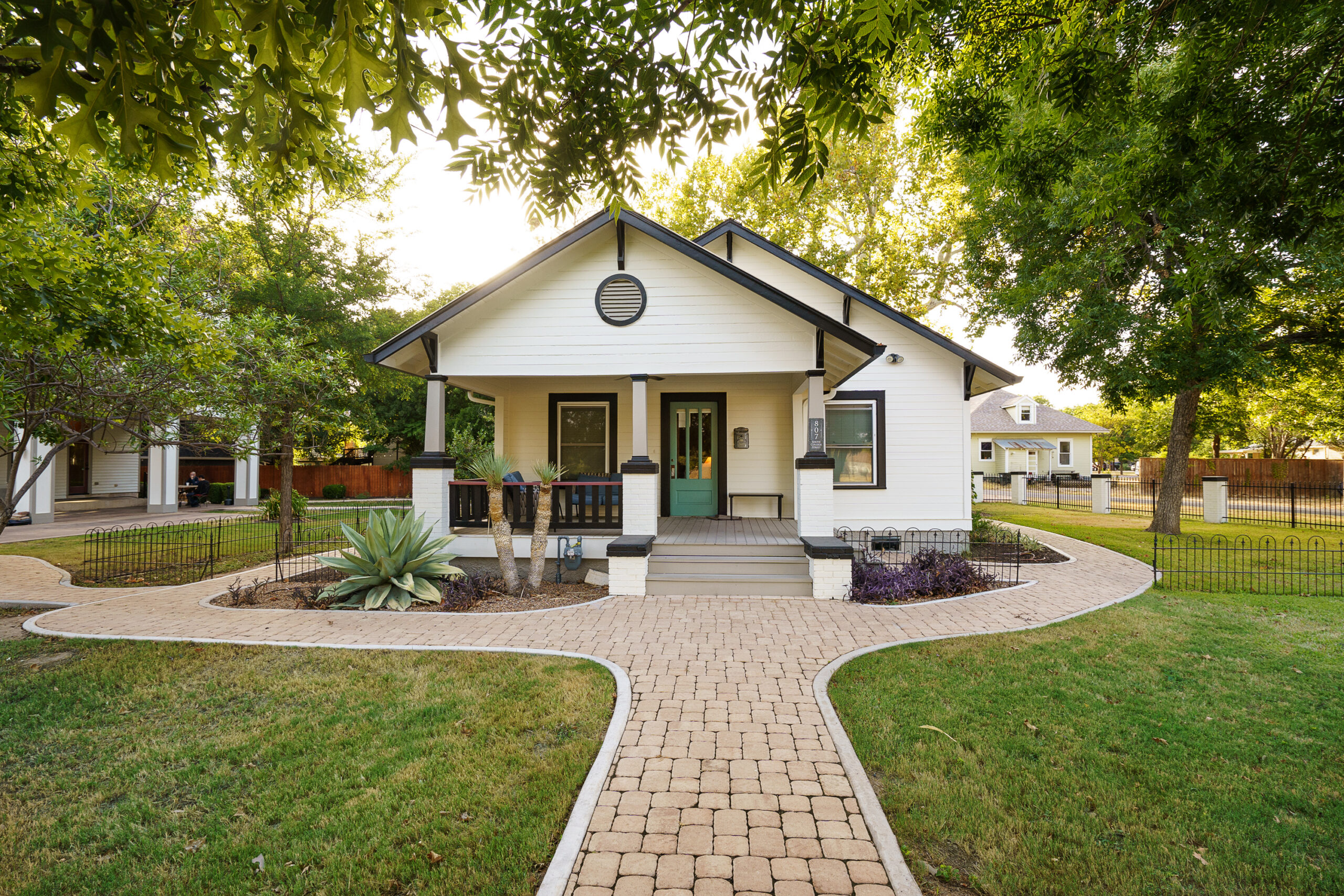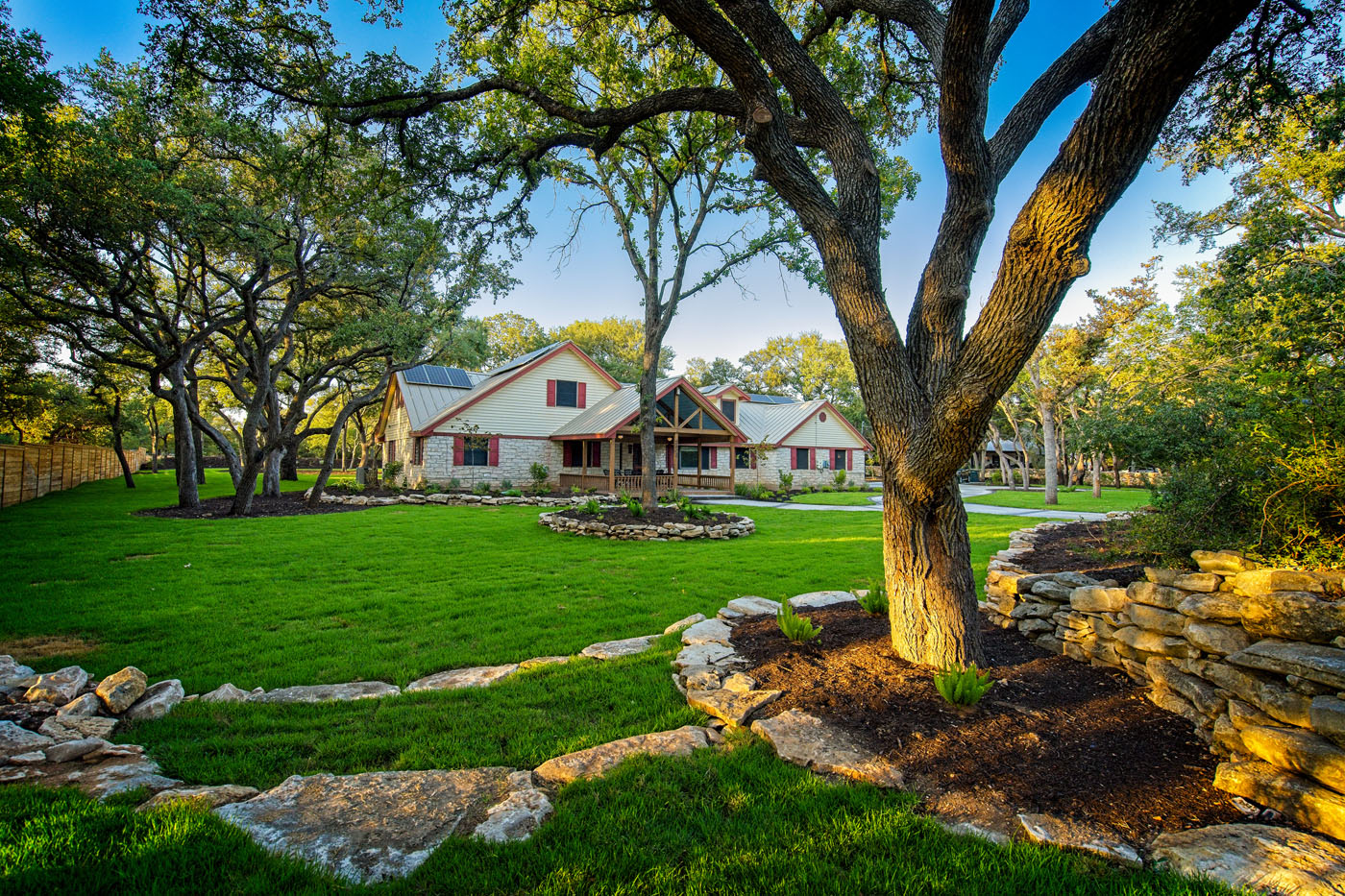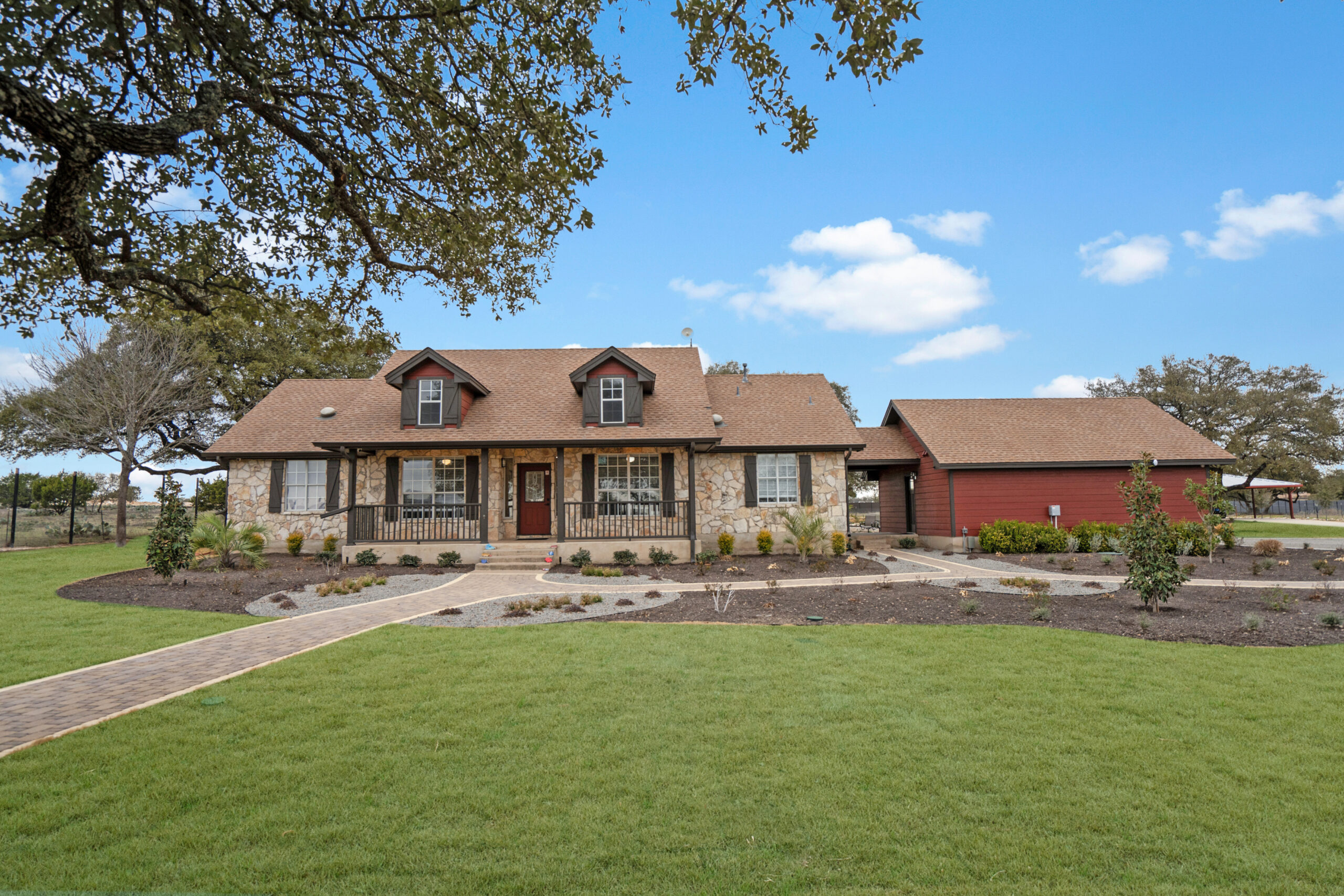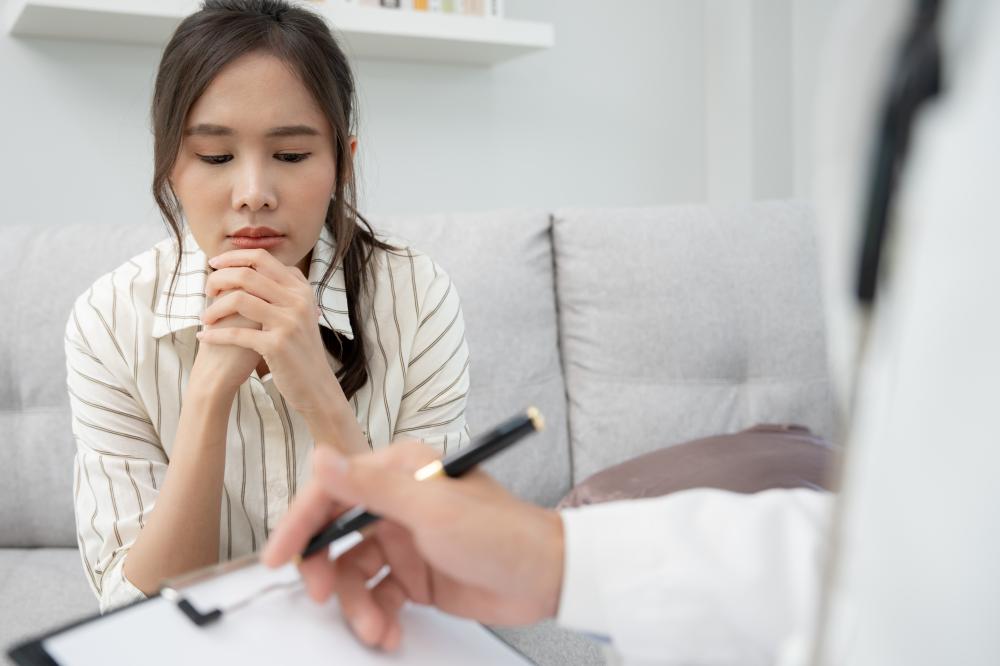
Exploring BPD Treatments for Women
At the heart of a successful journey toward healing and stability for women facing borderline personality disorder (BPD) lies a comprehensive understanding of the disorder itself and the various bpd treatments women can access. BPD is a complex mental health condition marked by emotional instability, intense interpersonal relationships, and a distorted self-image. The intricacies of BPD require a treatment approach that is as multifaceted as the condition itself. Alta Loma, nestled in Georgetown, Texas, stands as a sanctuary for those seeking to overcome severe mental illnesses, including BPD, offering a ray of hope and a path to recovery.
Understanding BPD in Women
The Prevalence and Impact
Statistically, BPD affects women more significantly than men, presenting unique challenges that necessitate specialized treatment approaches. Women with BPD often experience symptoms in a way that deeply affects their sense of self and their relationships. Understanding the nuances of BPD in women is crucial for developing effective treatment plans that address not only the symptoms but also the root causes of the emotional turmoil.
Unique Challenges Faced by Women
Women with BPD may grapple with issues such as intense fear of abandonment, recurrent suicidal behavior, and impulsive actions. These challenges are frequently compounded by societal pressures and possibly a history of trauma or abuse, making the road to recovery a complex journey that requires patience, understanding, and specialized care.
BPD Treatment Options for Women
Bpd treatments women can access are diverse, ranging from psychotherapy to medication management, all aimed at helping individuals regain control over their emotions and lives. Alta Loma’s approach to treating BPD in women encompasses a holistic view, understanding that each woman’s journey is personal and requires a tailored treatment plan.
Dialectical Behavior Therapy (DBT)
One of the cornerstone treatments for BPD is Dialectical Behavior Therapy (DBT). DBT is a form of cognitive-behavioral therapy specifically designed to help people with BPD. It focuses on providing skills to manage painful emotions and decrease conflict in relationships. Alta Loma incorporates DBT into treatment plans, emphasizing its importance in helping women understand and cope with their emotions in healthy ways.
Medication Management
While no medication directly treats BPD, certain medicines can help manage symptoms or co-occurring issues such as depression and anxiety. Alta Loma’s medical team works closely with each resident to ensure that any prescribed medication is effectively supporting their treatment goals.
Integrative Approaches to BPD Treatment
Recognizing the complex nature of BPD, Alta Loma advocates for an integrative treatment approach. This encompasses a variety of therapeutic modalities, lifestyle adjustments, and support systems to address the many facets of BPD.
Complementary Therapies
Therapies such as art therapy, equine therapy, and recreational therapy offer women with BPD alternative ways to express themselves and explore their emotions in a non-verbal, healing environment. These therapies can be particularly effective when integrated with more traditional treatment methods, providing a comprehensive care experience.
Nutrition and Exercise
Physical wellness plays a key role in mental health recovery. Alta Loma places a strong emphasis on the importance of a balanced diet and regular physical activity as part of the treatment plan for BPD. Nutrition planning and recreational therapy help residents build healthy lifestyle habits that support their overall well-being.
The Role of Support Systems in BPD Recovery
The journey towards recovery from BPD can feel isolating without a robust support system. Alta Loma understands the invaluable role that family and community play in the healing process.
Family Therapy
Family therapy is an essential component of BPD treatment, helping to mend relationships and improve communication between the individual and their loved ones. By involving family members in the therapeutic process, Alta Loma fosters a supportive environment conducive to healing and long-term recovery.
Peer Support
Peer support groups and therapy sessions with other women facing BPD provide a sense of community and understanding that can be incredibly validating. Sharing experiences and coping strategies helps residents realize they are not alone in their struggles, fostering a supportive network that extends beyond treatment.
Navigating Challenges in BPD Treatment
Despite the effectiveness of various treatments, women with BPD may encounter obstacles in their recovery journey. Stigma, treatment adherence, and the fluctuating nature of BPD symptoms can pose significant challenges.
Stigma and Misunderstanding
Battling societal stigma and misunderstanding surrounding BPD can hinder women from seeking the help they need. Alta Loma is committed to educating both residents and their families about BPD, working to dismantle misconceptions and promote a more compassionate understanding of the disorder.
Adherence to Treatment
Due to the nature of BPD, maintaining consistent participation in treatment can be difficult. Alta Loma’s structured environment and compassionate staff provide the support and motivation needed to encourage residents to stay engaged in their recovery process.
Embracing Holistic Healing
Alta Loma’s philosophy centers on treating the whole person, not just the symptoms of BPD. By integrating a range of therapeutic interventions and lifestyle changes, Alta Loma offers women with BPD a holistic path to recovery.
The Journey Toward Wellness
The road to recovery from BPD is a journey of self-discovery, healing, and empowerment. Through comprehensive treatment plans, support systems, and a commitment to holistic care, Alta Loma facilitates a transformative process, guiding women towards a future defined by stability, health, and hope.
Empowerment Through Recovery
Recovery from BPD offers an opportunity for women to reclaim their lives and discover their strength. By addressing the emotional, physical, and psychological aspects of BPD, Alta Loma empowers women to navigate their recovery with confidence, equipped with the tools and support necessary for long-term wellness.
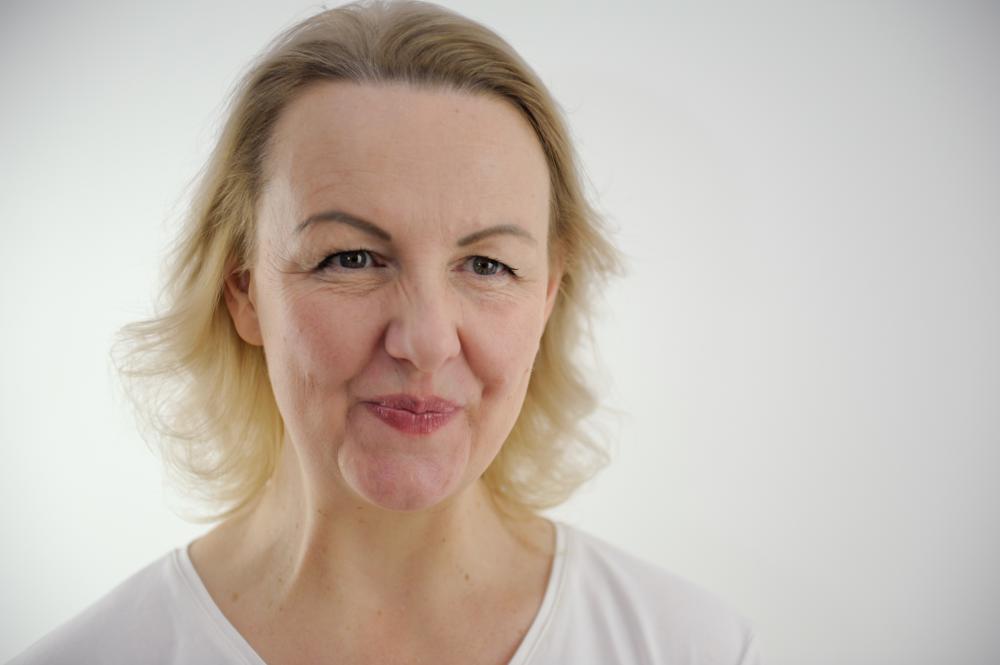
How do you treat a woman with BPD?
At Alta Loma, treating a woman with BPD involves a holistic and multifaceted approach. Recognizing the unique challenges and symptoms that women face with borderline personality disorder, the treatment emphasizes personalized care. This includes a combination of psychotherapy, with a strong emphasis on Dialectical Behavior Therapy (DBT), medication management for co-occurring issues like depression and anxiety, and integrative therapies such as art and equine therapy. Nutrition and exercise are also key components, understanding that physical wellness significantly impacts mental health recovery. Family therapy and peer support groups are incorporated to build a strong support system, crucial for long-term recovery.
Imagine a scenario where a woman named Emily comes to Alta Loma seeking help. Her treatment plan would be tailored specifically to her needs, incorporating DBT to help her manage emotional instability and improve interpersonal relationships, while also addressing any co-occurring disorders or past trauma through targeted therapies and medication management if necessary. By treating Emily as a whole person, not just her BPD symptoms, Alta Loma aims to empower her towards a path of sustainable recovery.
What is the most successful treatment for BPD?
The consensus among mental health professionals, including those at Alta Loma, is that Dialectical Behavior Therapy (DBT) is the most successful treatment for BPD. DBT is a form of cognitive-behavioral therapy that helps individuals understand and manage their emotions, reduce self-destructive behaviors, and improve relationships. It’s particularly effective for BPD due to its focus on building coping mechanisms to deal with emotional distress and its emphasis on acceptance and change. Residents at Alta Loma engage in DBT sessions that help them navigate their emotions and relationships more healthily, laying a foundation for recovery and long-term wellness.
What age does BPD peak?
BPD symptoms typically first manifest in adolescence and can peak in early adulthood. However, the intensity and nature of symptoms can vary significantly among individuals. Many women experience the most acute phase of BPD symptoms in their late teens to early twenties. Despite this, it’s crucial to note that with appropriate treatment and support, individuals can see a significant reduction in symptoms over time. Alta Loma focuses on providing early intervention and comprehensive support to individuals at all stages of BPD, understanding that timely and tailored treatment can make a substantial difference in outcomes.
Why is BPD life expectancy 27?
The statement that BPD life expectancy is 27 years old is a misconception and not based on factual data. What might contribute to this myth is the misunderstanding of studies or statistics regarding the challenges associated with BPD, including high rates of suicide and risky behaviors. It’s crucial to address such misconceptions and highlight that with proper treatment and support systems, individuals with BPD can lead fulfilling lives. Alta Loma is committed to providing the comprehensive care and support needed for long-term recovery and wellness, emphasizing that hope and healing are possible, regardless of past struggles.
How does stigma affect women with BPD, and what can be done to combat it?
Stigma significantly affects women with BPD, often leading to feelings of shame, isolation, and reluctance to seek help. It stems from a lack of understanding and myths surrounding the disorder, which can exacerbate the challenges these women face. Combatting stigma involves education and advocacy to promote a more compassionate and informed perspective on BPD. Alta Loma plays a vital role in this effort by educating both the public and families of those affected, providing comprehensive information on BPD’s nature, treatment, and the real stories of recovery. Empowering women with BPD to share their experiences and recovery journeys is also a powerful tool against stigma, as it puts a human face to the condition, fostering empathy and understanding.
Why is a holistic approach to healing important in BPD treatment?
A holistic approach to healing is crucial in BPD treatment because BPD affects individuals in complex ways, intertwining with various aspects of their lives, including emotional, psychological, and physical well-being. A holistic treatment model, like the one embraced by Alta Loma, ensures that all these facets are addressed. This approach includes traditional therapies like DBT and medication management, alongside complementary therapies, nutritional counseling, and physical activity. Such a varied and comprehensive plan honors the individuality of each person’s journey with BPD, aiming for not just symptom management but a transformative process towards overall wellness and empowerment.
